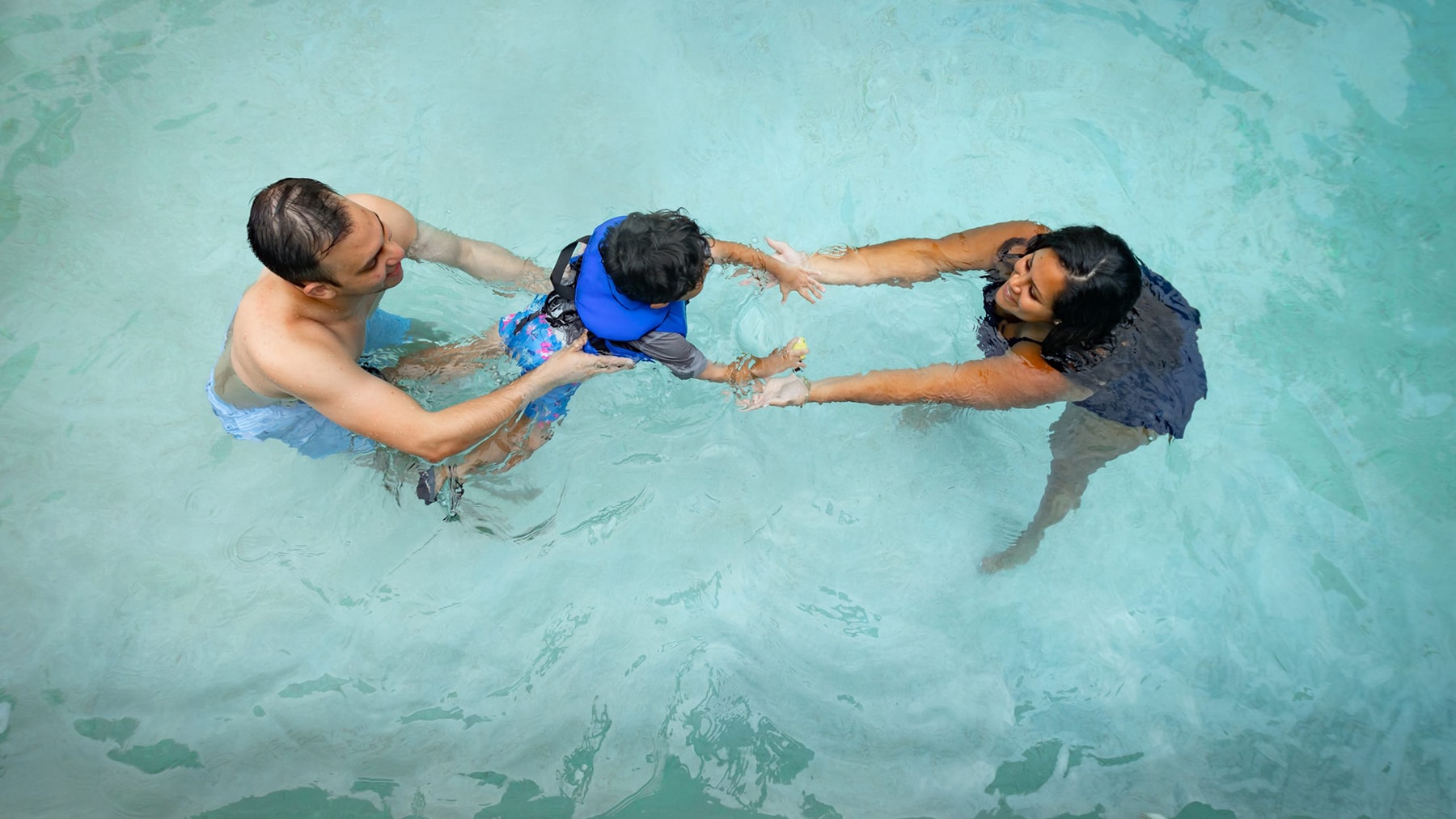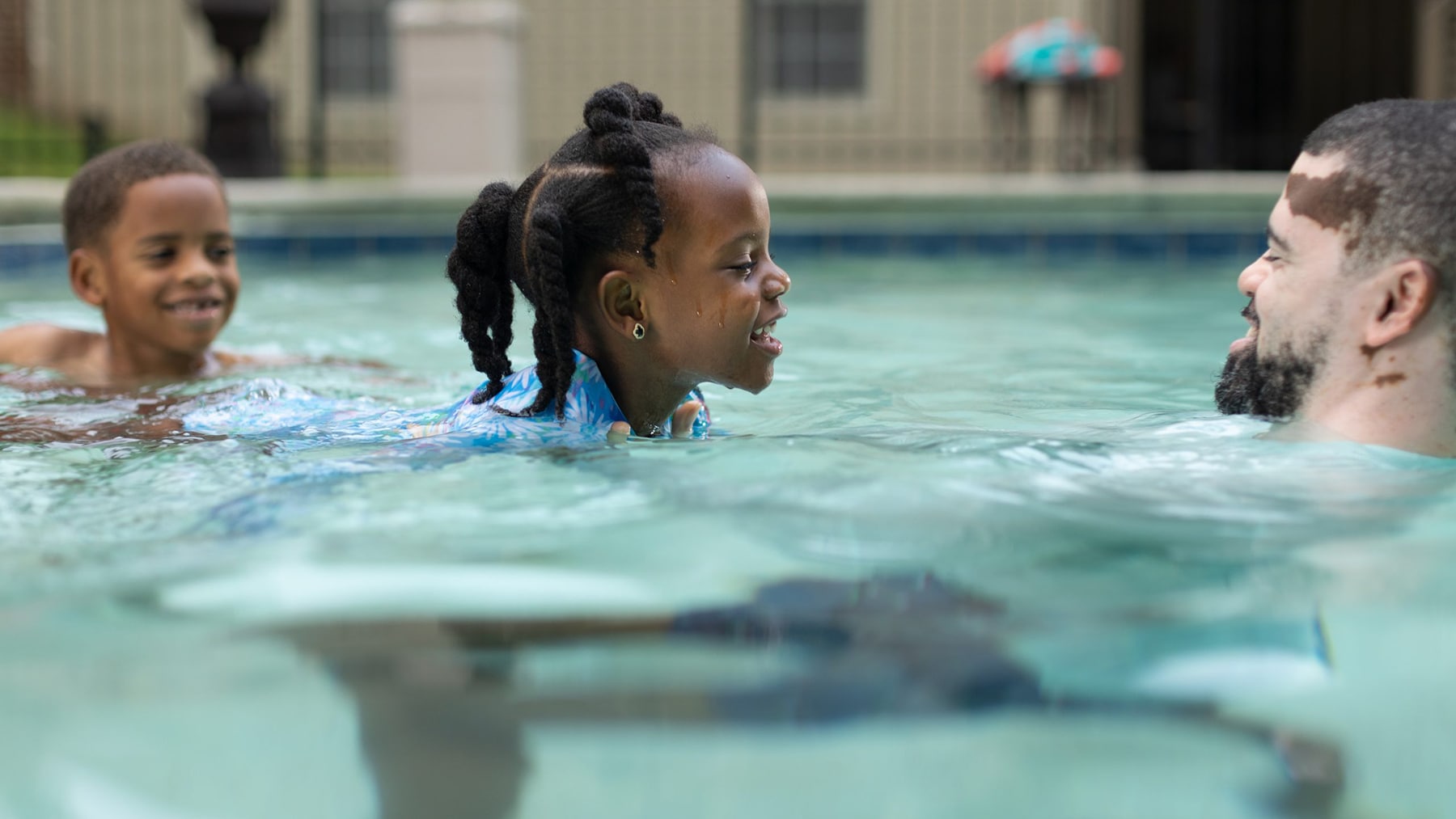Key points
- For Black people under age 30, drowning rates are 1.5x higher than White people the same ages.
- For American Indian and Alaskan Native people under age 30, drowning rates are 2x higher than White people the same ages.

Who's affected
Drowning risk factors vary by race
Drowning death rates for American Indian or Alaska Native people under age 30 are 2 times higher than the rates for White people. The highest disparities are among American Indian or Alaska Native people ages 25-29 with rates 3.5 times higher than White individuals of the same age.1
Drowning death rates for Black people under age 30 are 1.5 times higher than the rates for White people. Disparities are highest among Black children ages 5-9 (rates 2.6 times higher) and ages 10-14 (rates 3.6 times higher).1

In swimming pools, Black children ages 10-14 years drown at rates 7.6 times higher than White children.1
Black children and youth are more likely to drown in public pools, and white children and youth are more likely to drown in residential pools.2
In natural water, American Indian or Alaska Native people under age 30 have the highest drowning death rates, with rates 2.7 times higher than White people.1
Get email updates
Sign up for our email newsletter below.
- Clemens T, Moreland B, Lee R. Persistent Racial/Ethnic Disparities in Fatal Unintentional Drowning Rates Among Persons Aged ≤29 Years – United States, 1999-2019. MMWR 2021;70(24):869-874.
- Saluja G, Brenner RA, Trumble AC, Smith GS, Schroeder T, Cox C. Swimming Pool Drownings Among US Residents Aged 5–24 Years: Understanding Racial/Ethnic Disparities. American Journal of Public Health 2006;96(4):728–733.
